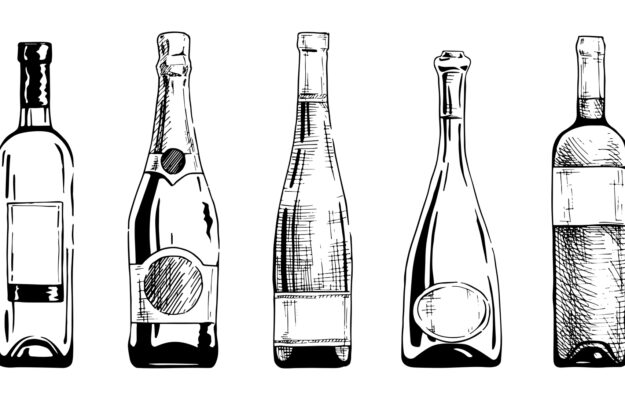From March 8, 2024, wine labels will have to comply with the new EU regulation on the subject, as we have already reported. But, in the meantime, labels already printed for wines and flavored wines can continue to be used until next June 30. This was established by the Decree issued on March 9 by the Ministry of Agriculture, Food Sovereignty and Forestry, which thus extends the authorization to use labels bearing the ISO 2760 symbol to identify the QR code but not the term “ingredients”.
“Labels already provide all the useful information to consumers through a specific qrcode, and to throw them to waste for no real reason would have brought significant economic damage to the entire supply chain. We continue our commitment alongside domestic farmers and winemakers”, said Minister Francesco Lollobrigida. “We express satisfaction and appreciation for the measure of the Ministry of Agriculture: an element of certainty for Italian wineries at a crucial time for the application of the new EU obligations on the ingredient list and nutrition declaration. We recall that wine operators had long ago diligently taken steps to align themselves with the European Commission's requirements, and it would have been a mockery not to allow them to use labels already printed with the symbol but without the wording ingredients”, comments Micaela Pallini, president of Federvini.
In detail, the decree signed by Minister Francesco Lollobrigida stipulated that it is allowed to label wines and flavored wine products destined for the domestic market with labels bearing the ISO 2760 symbol next to the QR code that links to information on the list of ingredients and the nutrition declaration until June 30, 2024, even if they lack the term “ingredients”. The decree also stipulates that if not used by next June 30, the remaining labels may continue to be used if corrected by affixing a sticker with the term “ingredients” next to the symbol or any other indication deemed useful. Finally, wines and flavored wine products found to be labeled by June 30, 2024 may be marketed in the country until stocks are exhausted. As a reminder, recalls Federvini, last November 24 the European Commission had published the “Guidelines” on the new rules regarding the labeling of wines and flavored wines, just a few days before the new EU obligations regarding ingredient list and nutrition declaration came into force.
An interpretation of the EU regulations regarding the appearance of labels, which established the need to affix the word “ingredients” together with the information QR-Code on ingredients and nutritional values in place of the single “ì”, already widely in use among those producers who first wanted to adapt to the new regulatory regime. A novelty that had aroused marked concern among sector associations at European and national levels because of the fear of having to proceed with the destruction of hundreds of millions of labels already produced and the technical impossibility of providing for the printing of the new ones, with consequent considerable economic damage for the production chains given the normal timeframes for the production and delivery of labels. “The labels for wine made in Italy put at risk by the new EU rules are safe”, is instead the reading of Coldiretti, which also goes further: “good the extension at the national level”, Coldiretti explains, “but now it will be essential to standardize the standards at the European level, adopting the rule that, for the inclusion of information on ingredients and nutritional values, a QR code accompanied by only the letter “I” will be used.
The problem had arisen because, a few weeks after the entry into force of the new regulation, the Commission had decided to insert the full term “ingredients”, instead of “I”, effectively condemning to pulping all labels already printed by producers who had organized themselves in time. A damage for companies immediately denounced by Coldiretti”, says the agricultural organization, “to protect a sector already affected by soaring production costs that put at risk the competitiveness of Italian wine on the domestic and foreign markets”.
Copyright © 2000/2025
Contatti: info@winenews.it
Seguici anche su Twitter: @WineNewsIt
Seguici anche su Facebook: @winenewsit
Questo articolo è tratto dall'archivio di WineNews - Tutti i diritti riservati - Copyright © 2000/2025








































































































































































































